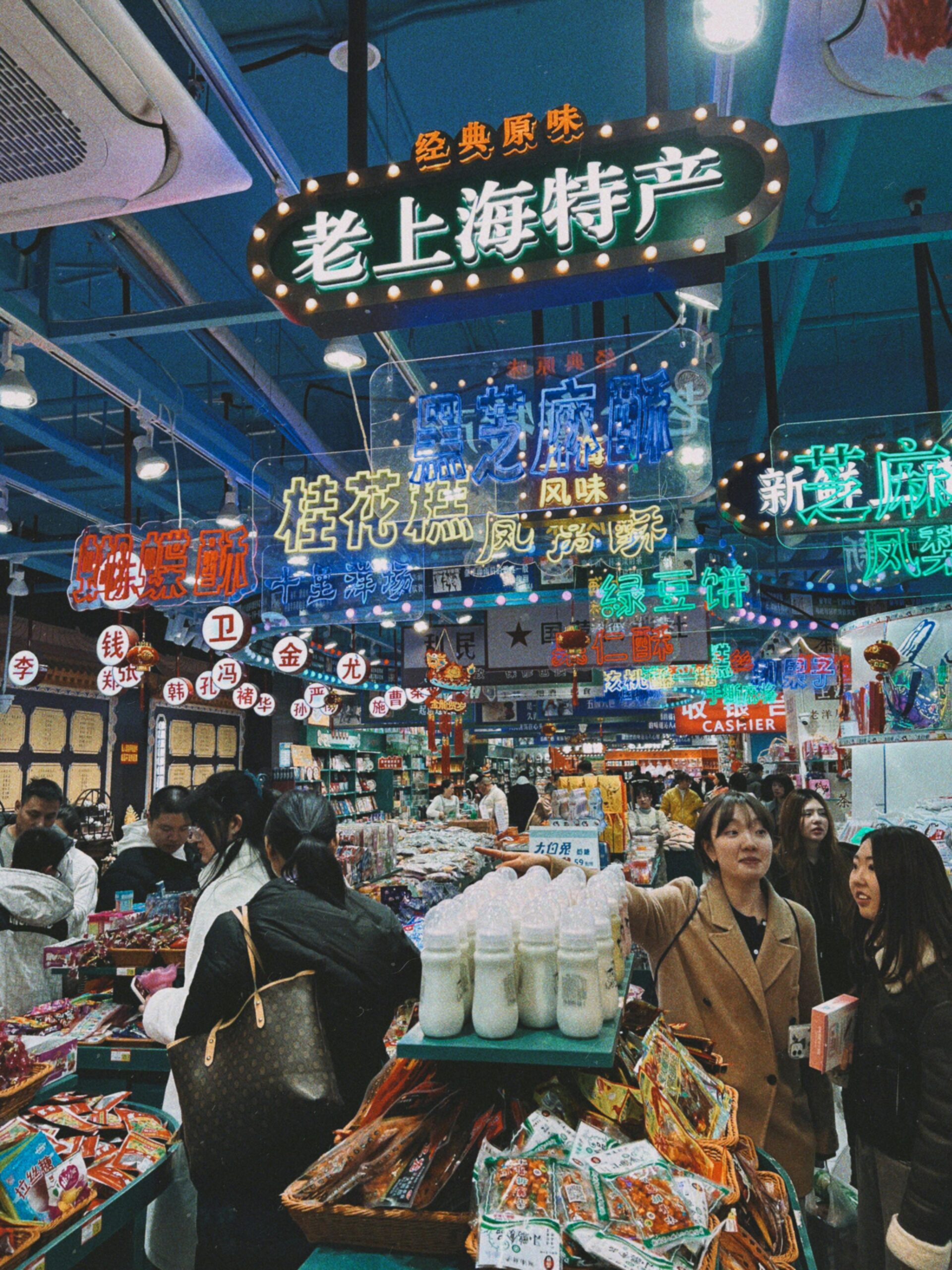Luxury shopping has always been associated with exclusivity, quality, and status, but the landscape is evolving rapidly. By 2025, luxury retail is influenced by technology, sustainability, personalization, and shifting consumer expectations. The luxury shopper today demands seamless experiences, ethical production, and digital innovation, reshaping how high-end brands connect with their clientele.
1. The Rise of Digital Luxury Shopping
1.1 E-Commerce Goes Premium
-
Luxury brands increasingly embrace online retail, offering curated experiences through websites and apps.
-
High-end platforms like Net-a-Porter, Farfetch, and Mytheresa allow consumers to shop luxury goods globally.
1.2 Virtual Showrooms and AR Experiences
-
Augmented reality (AR) and virtual reality (VR) enable virtual try-ons of clothing, accessories, and even luxury cars.
-
Digital showrooms allow customers to explore collections and personalize items without visiting physical stores.
1.3 Social Media Integration
-
Platforms like Instagram, TikTok, and Pinterest are used for shoppable posts, influencer collaborations, and brand storytelling.
Graph: Digital Luxury Shopping Adoption (2020–2025)
| Year | Online Luxury Shoppers (%) |
|---|---|
| 2020 | 25 |
| 2021 | 30 |
| 2022 | 38 |
| 2023 | 45 |
| 2024 | 52 |
| 2025 | 60 |
2. Personalization and Customer Experience
2.1 AI-Driven Recommendations
-
AI analyzes purchase history, preferences, and browsing behavior to offer personalized product suggestions.
-
Enhances customer loyalty and engagement in a competitive market.
2.2 Customization and Bespoke Services
-
Consumers increasingly expect tailored products, from monogrammed handbags to made-to-measure clothing.
-
Luxury brands focus on limited editions and exclusive offerings to create a sense of uniqueness.
2.3 Experiential Luxury
-
Beyond products, brands provide exclusive experiences such as private shopping appointments, virtual events, and VIP services.
Graph: Key Personalization Strategies in Luxury Shopping (2025)
| Strategy | Adoption Rate (%) |
|---|---|
| AI Recommendations | 35 |
| Bespoke & Customization | 30 |
| VIP & Experiential Services | 25 |
| Loyalty Programs | 10 |
3. Sustainable Luxury
3.1 Ethical Materials
-
Luxury consumers increasingly demand sustainable fabrics, recycled metals, and cruelty-free materials.
3.2 Transparency and Traceability
-
Brands provide full supply chain transparency, including ethical sourcing, fair labor practices, and environmental impact.
3.3 Circular Luxury
-
Resale, rental, and upcycling are becoming mainstream in high-end fashion, reducing waste and promoting sustainability.
Graph: Sustainability Focus in Luxury Shopping (2025)
| Sustainability Approach | Adoption Rate (%) |
|---|---|
| Ethical Materials | 40 |
| Supply Chain Transparency | 35 |
| Resale & Rental Services | 25 |
4. Technology-Driven Luxury
4.1 Smart Wearables
-
Luxury watches and accessories incorporate technology for health tracking, notifications, and personalization.
4.2 Blockchain Authentication
-
Luxury brands use blockchain to ensure authenticity, track ownership, and combat counterfeiting.
4.3 AI-Powered Customer Support
-
Chatbots and virtual concierges provide instant, high-end customer service tailored to luxury shoppers.
5. Emerging Consumer Demographics
5.1 Gen Z and Millennial Buyers
-
Younger luxury consumers value sustainability, digital engagement, and social responsibility.
-
They prefer experiences over material ownership and are active in social commerce.
5.2 Global Expansion
-
Growth in Asia-Pacific, Middle East, and Africa is driving demand for luxury goods and personalized services.
Graph: Luxury Consumer Demographics (2025)
| Demographic Group | Market Share (%) |
|---|---|
| Gen Z & Millennials | 45 |
| Gen X & Baby Boomers | 40 |
| Emerging Markets | 15 |
6. Challenges in Luxury Shopping
-
Maintaining Exclusivity: Balancing digital accessibility with the premium, exclusive brand image.
-
Counterfeiting and Fraud: Online luxury shopping increases risk of fake products, requiring advanced verification systems.
-
Sustainability Pressure: Meeting ethical and environmental expectations without compromising luxury quality.
-
High Consumer Expectations: Luxury shoppers demand seamless, personalized, and highly curated experiences.
7. Predictions for 2025 and Beyond
-
Blended Retail Experiences: Hybrid models combining in-store luxury with online convenience and AR experiences.
-
AI-Powered Luxury Marketing: Personalized campaigns and predictive analytics drive customer engagement and retention.
-
Luxury Resale and Rentals: Mainstream adoption of pre-owned luxury marketplaces to appeal to eco-conscious shoppers.
-
Digital Collectibles and NFTs: Limited edition NFT fashion items and collectibles offer new ways to own and showcase luxury.
-
Global Omni-Channel Integration: Seamless experiences across web, mobile, social media, and physical stores.
Conclusion
Luxury shopping in 2025 is defined by innovation, personalization, sustainability, and technology. The modern luxury consumer expects digital convenience, ethical sourcing, and bespoke experiences, driving brands to rethink traditional retail models.
-
Digitalization and AR/VR enhance convenience and accessibility.
-
Sustainability is no longer optional; it’s a critical factor in brand perception.
-
Personalized experiences and exclusive offerings strengthen loyalty and engagement.
As the luxury market evolves, brands that blend tradition with innovation, exclusivity with accessibility, and quality with responsibility will dominate the high-end retail space in 2025 and beyond.







Leave a Reply